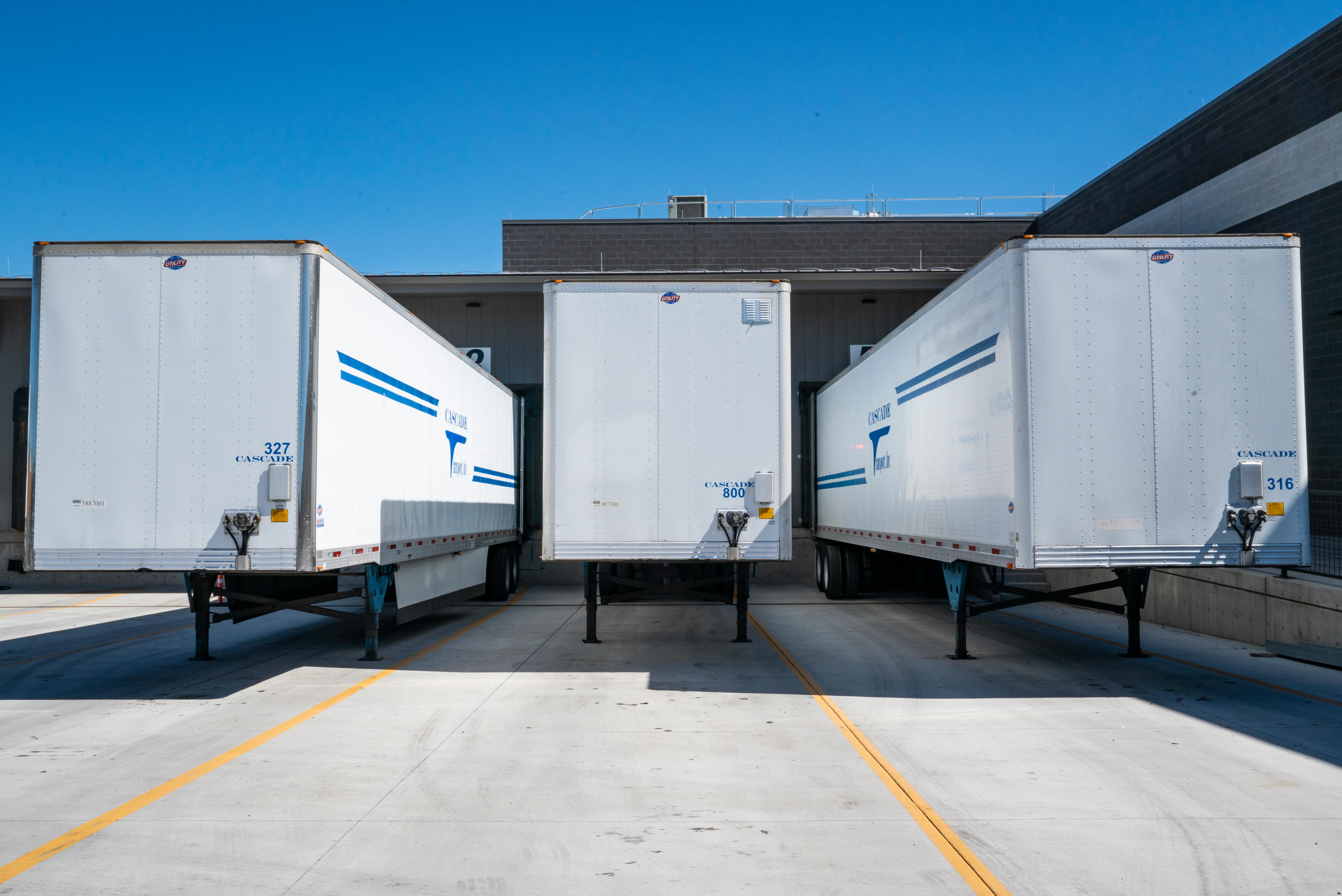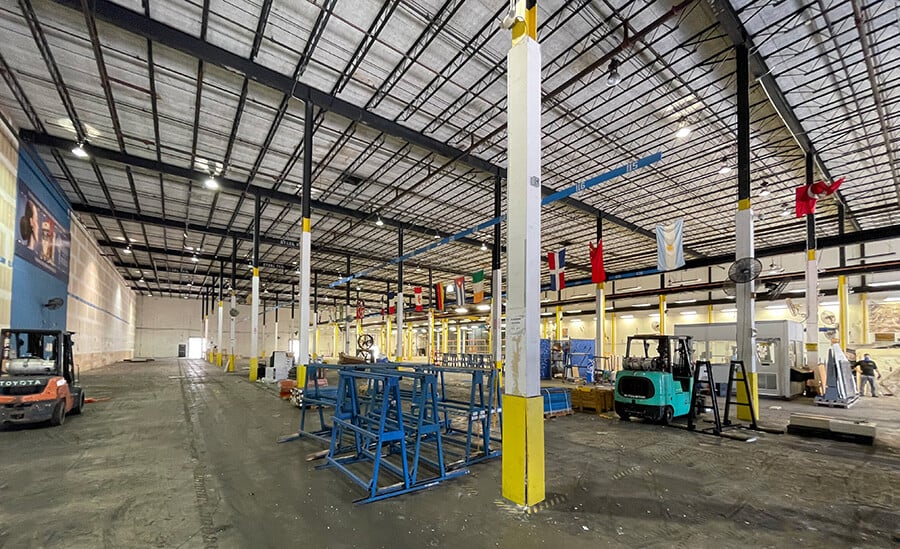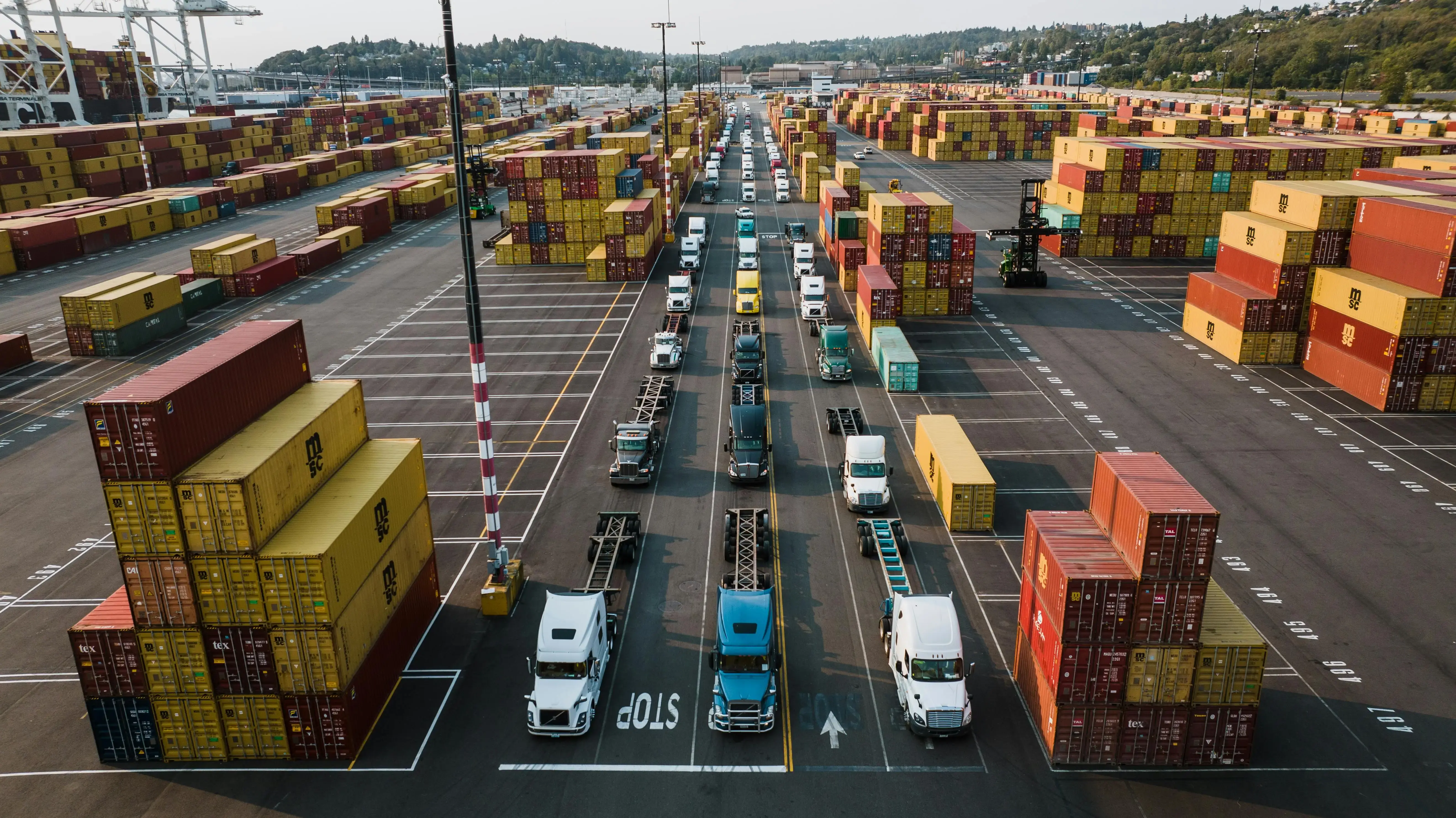Miami Container Drayage Companies & Service
Miami is the undisputed logistics hub of South Florida, and container drayage companies in Miami make the difference between smooth supply-chain flow and costly delays. This in-depth guide explains how a dedicated drayage provider keeps your shipments on schedule from PortMiami and Port Everglades to nearby warehouse hubs along I-95 and the Florida East Coast (FEC) rail network. Readers will discover what to look for in a drayage service, how leading drayage companies manage containers, and why the right partner optimizes cost, safety, and transparency.
Outline
-
Why Does Miami Need Specialized Container Drayage Services?
-
What Makes a Drayage Provider in Miami Stand Out From the Crowd?
-
How Do Truck Capacity and Chassis Availability Affect Port Operations?
-
Countywide of Miami vs. Southern Cartage: Which Option Fits Your Cargo?
-
Is Transtar Trucking a Good Match for Overweight or 45’ Containers?
-
Can a 3PL Improve Drayage Logistics Through Integrated Warehousing?
-
How Do Technology and Cloud-Based Tracking Deliver Full Transparency?
-
What Safety Standards Should Miami Drayage Companies Follow?
-
How Do Pre-Pull and Nearby Warehouse Solutions Slash Port Waiting Times?
-
Five Practical Steps for Choosing the Right Drayage Provider in Miami
1. Why Does Miami Need Specialized Container Drayage Services?
PortMiami handles more than 1.2 million TEUs each year, and almost every container requires a short-distance move—usually from a port to a nearby warehouse or distribution center. That short-haul is called drayage service. Because Miami’s port corridors are congested, a professional drayage provider must navigate strict appointment windows, chassis queues, and limited storage space. Hiring the right drayage company prevents detention fees, demurrage surcharges, and unplanned overtime for truck drivers waiting at terminal gates.
2. What Makes a Drayage Provider in Miami Stand Out From the Crowd?
-
Fleet strength: Look for modern tractors, readily available chassis, and the ability to handle 20’, 40’, and 45’ containers.
-
Location advantage: A yard within five miles of the port of Miami or Port Everglades cuts fuel costs and turnaround time.
-
Transparent pricing: Leading drayage companies outline accessorial costs—pre-pull, overweight, and waiting-time fees—before a shipment leaves the port.
-
Customer track record: A reputation for quality shows through on-time performance metrics and positive online reviews.
Miami drayage specialists like Go Drayage, BOS Logistics, and Global Warehouse Solutions publish clear rate sheets, maintain real-time GPS tracking, and offer transloading on-site—key hallmarks of a service-focused carrier.
3. How Do Truck Capacity and Chassis Availability Affect Port Operations?
Port congestion peaks when chassis pools run short. If containers cannot be mounted quickly, truck lines grow, and your cargo risks sitting past the last free day. An asset-based drayage provider with its own chassis inventory ensures containers keep moving even when FEC-pool equipment is tight. Some Miami carriers—such as Go Drayage’s 350-chassis fleet—also support 20’ overweight loads up to 50 short tons, making them ideal when heavy import cargo arrives.
4. Countywide of Miami vs. Southern Cartage: Which Option Fits Your Cargo?
Countywide of Miami is known for multimodal connections, quick access to FEC ramps, and warehouse staging near the Ronald Reagan Turnpike. The company’s family-owned and operated business model appeals to shippers wanting a hands-on approach.
Southern Cartage, by contrast, runs a larger trailer pool and specializes in overweight 20’ and 40’ containers, escort deliveries, and FDA-approved storage. If your shipment involves refrigerated goods or sensitive consumer products, Southern Cartage’s bonded warehouse and customs brokerage simplify clearance and final delivery.
5. Is Transtar Trucking a Good Match for Overweight or 45’ Containers?
Founded in 1987, Transtar Trucking offers specialized equipment—including extendable chassis for 45’ containers—and maintains TWIC-certified drivers who know PortMiami’s gate systems. Importers moving heavy tile, furniture, or machinery often rely on Transtar for damaged container transport or last free-day pulls. The carrier’s track record shows minimal waiting times thanks to pre-arranged appointments and 24/7 dispatch.
6. Can a 3PL Improve Drayage Logistics Through Integrated Warehousing?
A tech-enabled 3PL such as Go Drayage combines drayage, transloading, and yard storage on one 5-acre hub. This integration lets importers unload, sort, and reload pallets without returning the container back to the port. By staging freight locally, businesses avoid demurrage while consolidating LTL shipments into outbound FTL loads. Miami’s on-demand 3PL market streamlines reverse logistics and shortens order-to-delivery cycles for e-commerce retailers.
7. How Do Technology and Cloud-Based Tracking Deliver Full Transparency?
Miami’s leading drayage company websites showcase cloud-based operating systems that allow for paperless PODs, automated alerts, and live mapping. Shippers gain visibility over chassis usage, gate moves, and delivery status—critical for time-sensitive cargo. Providers that integrate yard management with customer dashboards (e.g., Truck Hub) give supply-chain managers data to optimize drayage rates and reduce operational costs.
8. What Safety Standards Should Miami Drayage Companies Follow?
A dedication to safety means compliance with FMCSA regulations, TWIC access control, and daily pre-trip inspections. The best carriers invest in ELD-equipped tractors, double-check overweight permits, and maintain clean CSA scores. Partnering with a safety-oriented drayage provider lowers accident risk, protects cargo, and keeps insurance premiums stable. Ask for DOT and MC numbers when evaluating any new Miami carrier.
9. How Do Pre-Pull and Nearby Warehouse Solutions Slash Port Waiting Times?
Pre-pull service allows the carrier to retrieve a full container before free-time expires, store it at a secured yard, and deliver once the warehouse is ready to unload. This strategy eliminates driver idling and surcharge fees for terminal overstays. A nearby warehouse within Miami-Dade or Broward counties can expedite pick-and-pack operations, ensuring a seamless hand-off from port to retail distribution within the same day.
10. Five Practical Steps for Choosing the Right Drayage Provider in Miami
-
Verify service radius: Confirm coverage at both PortMiami and port Everglades for flexibility during vessel diversions.
-
Audit equipment: Ensure the carrier supports 20’, 40’, and 45’ sizes plus overweight and reefer capability.
-
Request tech demos: Review GPS tracking, EDI integration, and document imaging for full transparency.
-
Check capacity guarantees: Look for asset-based ownership of tractors and chassis to avoid shortage-related delays.
-
Review safety & compliance: Examine CSA scores and insurance certificates to safeguard your high-value cargo.
Key Takeaways
-
Miami’s dense port network demands experienced drayage companies that minimize congestion and detention.
-
Asset-based providers like Go Drayage, BOS Logistics, and Transtar Trucking maintain chassis pools and tech-enabled tracking.
-
Compare specialized options: Countywide of Miami for FEC ramp proximity, Southern Cartage for bonded storage, Transtar for heavy or oversized loads.
-
Integrated 3PL solutions combine drayage, warehouse, and transloading to improve speed and cut costs.
Want to know what your Miami drayage move will cost? Use our calculator to estimate rates based on container size, distance, and special services.
You May Also Like
These Related Stories

Miami Container Drayage: Truck & Warehouse near Port of Miami

Miami & Ft. Lauderdale Warehousing Services: Complete Guide


